
Admiring Dong Ho folk paintings on traditional ao dai
Designer Vo Viet Chung has unveiled his 2025 Tet’s Ao dai collection, titled “Spring Paintings,” inspired by the iconic Dong Ho paintings.



Designer Vo Viet Chung has unveiled his 2025 Tet’s Ao dai collection, titled “Spring Paintings,” inspired by the iconic Dong Ho paintings.
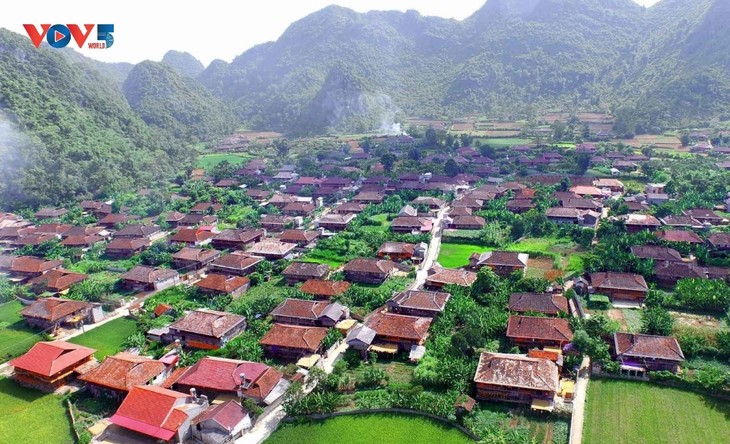
Quynh Son, a community tourism village in Bac Son district, 80 kilometers southwest of the center of Lang Son province, draws visitors with its beautiful scenery and unique Tay ethnic
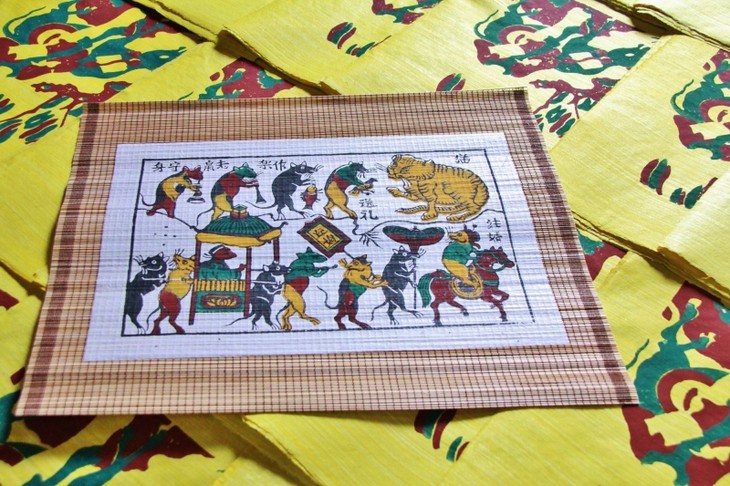
Dong Ho village in Bac Ninh province is famous for its traditional folk paintings. Once at risk of fading away, the craft has been preserved and revived thanks to dedicated

The journey to preserve and revive the art of traditional Bai Choi folk singing owes much to the tireless efforts of numerous artisans and researchers. They have worked diligently to
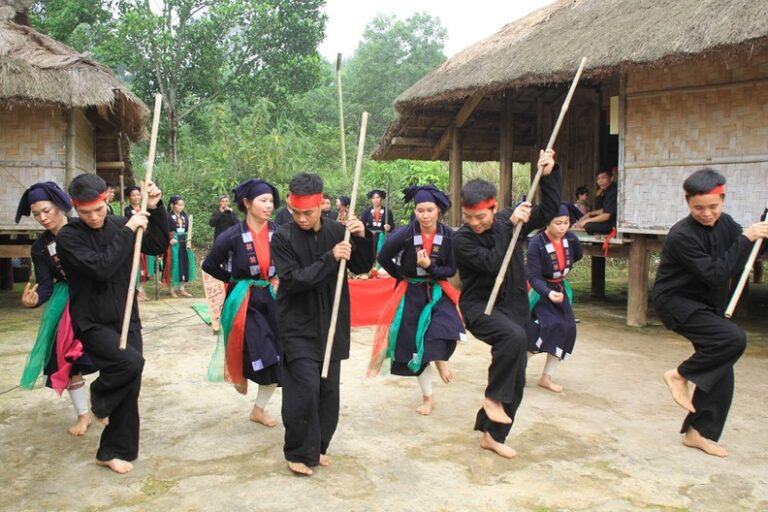
Every year, when the spring comes, the San Chay ethnic community in Phu Luong District, Thai Nguyen Province, joyfully celebrates their traditional new crop festival with the lively sounds and
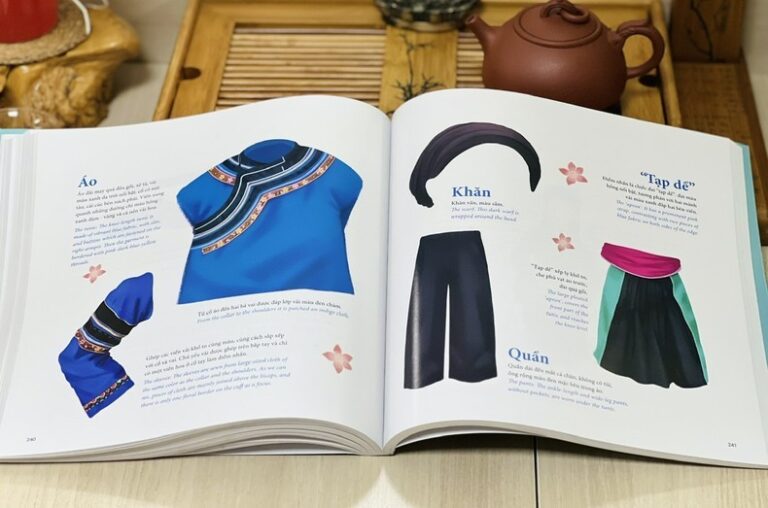
The book vividly showcases 55 unique outfits, featuring nearly 1,000 details from the author’s encounters with people from 35 ethnic groups, revealing stories about culture, history, and traditions.
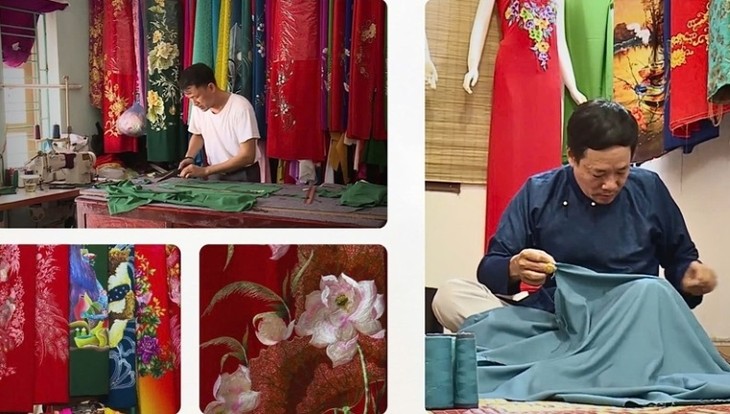
Trach Xa village, 60 kilometers from Ha Noi, is famous for its tailor-made áo dài, Vietnam’s traditional long dress. The village and its craft are more than 1,000 years old.

As part of its commitment to cultural preservation, Ha Noi has launched a $7.6 million project to restore the historic Tram Gian Pagoda and Tram Pagoda.
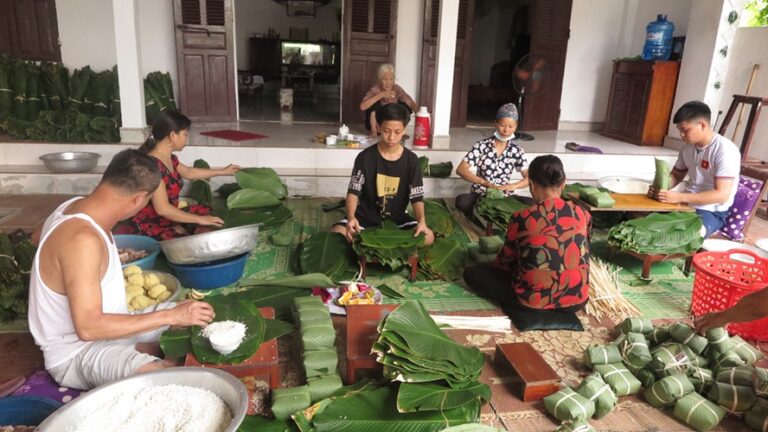
The craft of making banh chung and banh giay in Viet Tri city and the districts of Cam Khe and Tam Nong (Phu Tho province) has been recognized by the

Hoi An ancient town, renowned for its tranquil beauty, is the gem of the central coast province of Quang Nam. Hoi An was recognized as a UNESCO world cultural heritage

In addition to its outstanding global value in terms of natural landscape, geology, and geomorphology recognised by UNESCO, Ha Long Bay is also recognised as a place that contains many
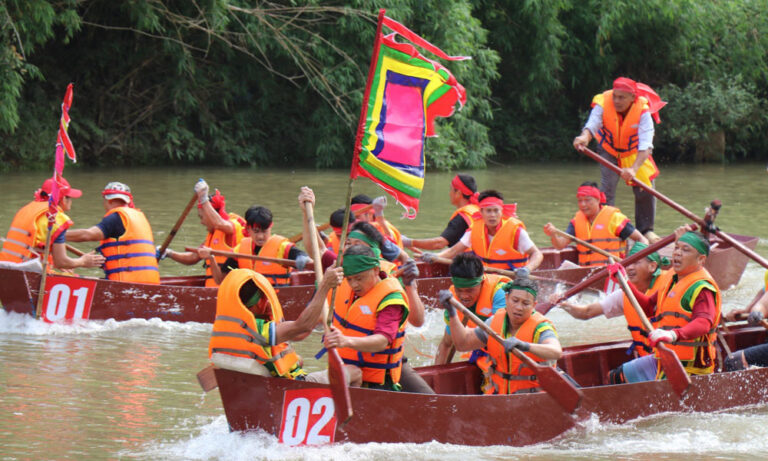
The Minister of Culture, Sports and Tourism has issued decisions on the inclusion of Cheo folk art performance of Bac Giang province and An Chau traditional boat racing festival (Son

Copyright: VIET NAM NATIONAL AUTHORITY OF TOURISM
Webmaster: TOURISM INFORMATION TECHNOLOGY CENTER
Address: No. 33, Alley 294/2 Kim Ma Street, Ba Dinh District, Ha Noi
Responsible for content: Tourism Information Technology Center
License number: 78/GP-TTĐT dated 29 May 2020
Visitor: 72689036




© TITC